To listen to RTÉ.ie's radio and podcast services, you will need to disable any ad blocking extensions or whitelist this site.

0
00:00
00:00
Episode Notes
Panel: Richard Collins, Eric Dempsey & Niall Hatch
Reporter: Terry Flanagan
Researcher: Michele Browne
In addition to listening to us on RTÉ Radio One at 22:00 every Monday night, don't forget that you can also listen back to each of our programmes any time you like at https://rte.ie/mooney. There, you will find an extensive archive of past broadcasts, conveniently split into different topics and segments.
On tonight’s programme, we speak about the arrival of the first Swallows to appear in Ireland this year. Our suggestion for you from the Mooney Goes Wild archives this week is a special documentary called The Swallow: from Egg to Africa. First broadcast in November 2004, it is presented by Eric Dempsey and is well worth a listen for anyone who is interested in the trials and tribulations of what is perhaps Ireland’s favourite migrant bird.
To listen to this documentary from the Mooney Goes Wild archives, visit
I’ll Take You Home Again, Kathleen
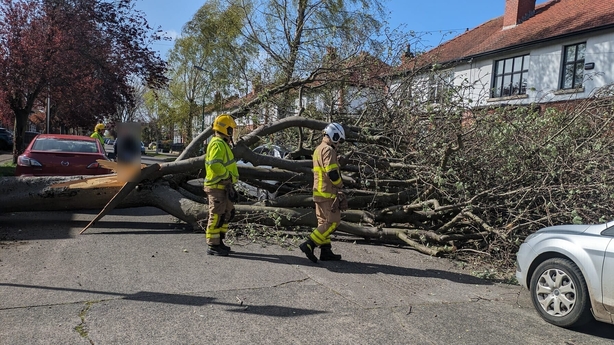
Firefighters from Finglas Fire Station deal with a downed tree in Glasnevin, Dublin (Photo Dublin Fire Brigade
Ireland was pounded by Storm Kathleen this past weekend, causing problems for us humans, but also for wildlife across the country. On tonight’s programme, we discuss the impact of storms on animals and check in with our panellists to see whether they survived the meteorological onslaught.
For more information about Storm Kathleen, visit
https://rte.ie/news/2024/0405/1441826-storm-kathleen/a
One Swallow does not a summer make . . . quite clearly!
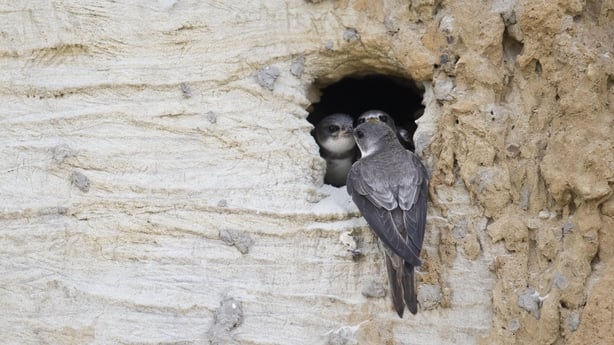
Despite the inclement weather, the past weekend saw an influx of migrant birds into Ireland, and leading the charge were some of our first Sand Martins and Swallows of the season. These avian pioneers are amongst the first migrant birds to reach our shores this season, and soon will begin nesting and raising their chicks.
For more information about Sand Martins, visit
https://birdwatchireland.ie/birds/sand-martin/
For more information about Swallows, visit
https://birdwatchireland.ie/birds/swallow/
Looking forward to the Dawn Chorus: Sunday 5th May
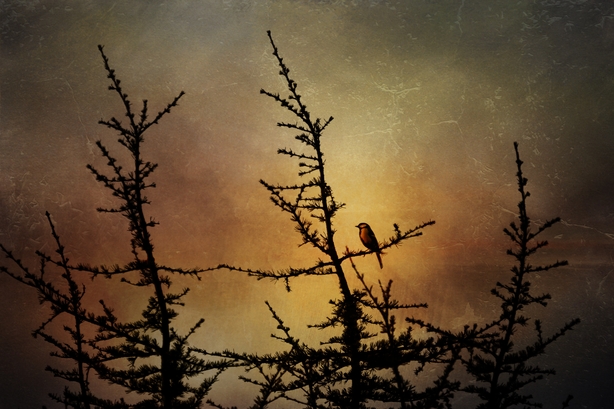
Here at Mooney Goes Wild, all of us are looking forward with great excitement to what is always one of the real highlights of the year: our annual, live, seven-hour Dawn Chorus programme. This year, the broadcast will be taking place on RTÉ Radio One from midnight to 07:00 on International Dawn Chorus Day, Sunday 5th May, in a simulcast with our colleagues at RTÉ Lyric FM and BBC Radio Wales.
The dawn chorus is one of the most magical experiences in nature: a multitude of birds of many different species all singing together in harmony as morning breaks and light begins to fill the skies. As our natural world’s most impressive and renowned concert, it is almost as though it has been tailor-made for radio. It never ceases. It moves, with the early morning light, like a great wave on the face of the Earth. It is quite literally the sound of our planet rotating on its axis.
While Derek Mooney steers the ship from the RTÉ Radio Centre in Dublin, 'home base’ for the live broadcast once again this year will be BirdWatch Ireland’s Cuskinny Marsh Nature Reserve in Cobh, Co. Cork, where our main presentation team of Jim Wilson and Niall Hatch will introduce the dawn chorus and, while the birdsong builds in real time, explain to listeners what our feathered friends are getting up to as the sun rises.
Across the country, Richard Collins, Éanna Ní Lamhna, Eric Dempsey and Terry Flanagan will also bring us the birdsong from their parts of Ireland, as the sun gradually breaks the horizon and the birds begin their performances.
For more information about the phenomenon of the dawn chorus broadcast, visit
https://rte.ie/lifestyle/nature/2018/0413/954360-what-is-the-dawn-chorus-derek-mooney-explains/
The Gearagh
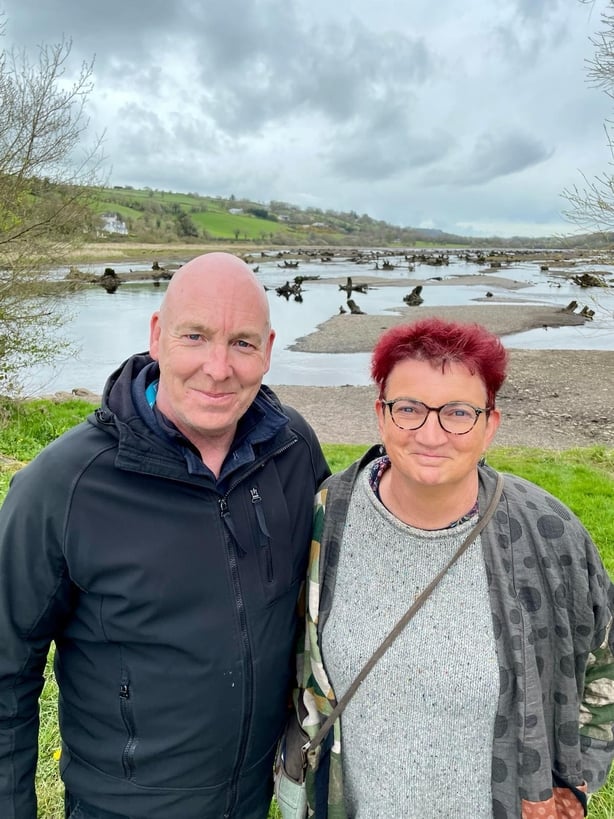
Derek was at the other-worldly landscape of The Gearagh in Co. Cork during the week, filming for the forthcoming season of the natural history programme Back from the Brink for RTÉ One television. While there, producer and director of the programme, our good friend Rory Cobbe, took the opportunity to speak to local resident Una Keating about the area, when what should fly overhead but their first Swallow of the year?
For more information about The Gearagh, visit
https://corknaturenetwork.ie/our-work/nature-blog/the-gearagh-corks-nature-reserve/
To report your own first Swallows of the year, visit
Richard gets up close and personal with
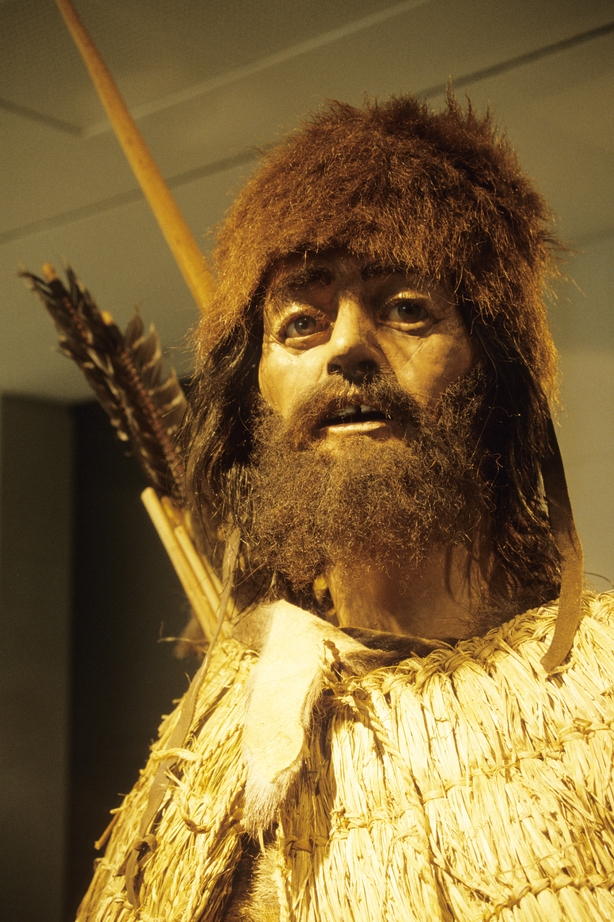
Last week, Richard Collins took a trip to the Italian Alps with no fewer than seven of his grandchildren. The main purpose of their visit was to see the remains of Ötzi the Iceman, the oldest-known naturally preserved mummy in Europe. Discovered in 1991 on the border between Austria and Italy, Ötzi lived more that 5,100 years ago and is astonishingly well-preserved, affording archaeologists an unprecedented insight into the lifestyle, clothing, tools and diet of Europe’s ancient human inhabitants. On tonight’s programme, Richard tells us more.
For more information about Ötzi the Iceman, visit
https://en.wikipedia.org/wiki/%C3%96tzi
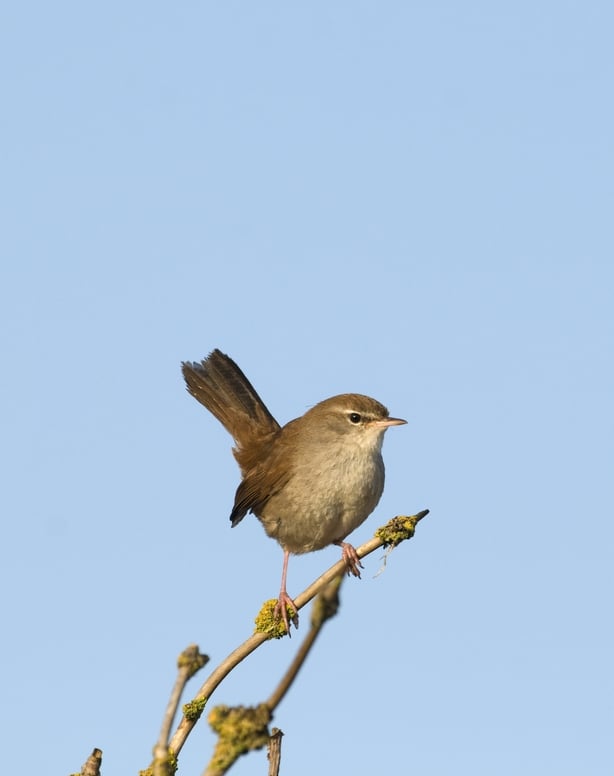
Ireland is home to quite a few species of warblers, small birds that are renowned for their singing prowess. Over the past few years, a newly arrived warbler species has begun to establish itself here, seemingly a beneficiary of climate change. In Europe, the Cetti’s Warbler was originally a bird of the Mediterranean region, but over the past few decades, these skulking, secretive birds have gradually been spreading northwards, eventually colonising our neighbouring island of Britain and now, it seems, Ireland too.
Eric Dempsey recently had the good fortune of seeing and hearing one at BirdWatch Ireland’s East Coast Nature Reserve in Newcastle, Co. Wicklow; one of six or seven of these extraordinarily loud-voiced, brown songbirds to be holding territory here in Ireland at the moment. It seems that the colonisation of Ireland by the Cetti’s Warbler is well underway.
For more information about Cetti’s Warbler, visit
https://en.wikipedia.org/wiki/Cetti%27s_warbler
For more information about BirdWatch Ireland’s East Coast Nature Reserve, visit
https://birdwatchireland.ie/our-work/nature-reserves/nature-reserves-ecnr/
Could a South American Creamy-bellied Thrush be singing here in Ireland? The Merlin app seems to think so!
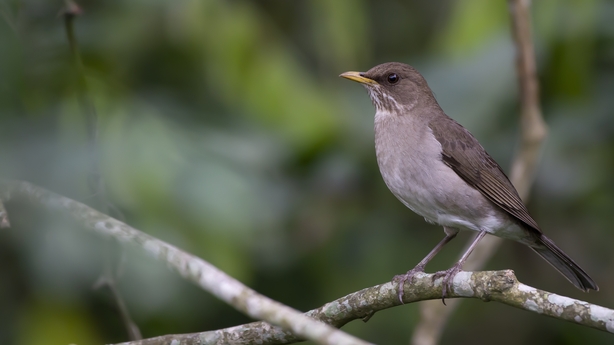
Merlin is the name of a ground-breaking free smartphone app from the Cornell Laboratory of Ornithology in Ithaca, New York that allows people to identify birds in real time from photographs and songs. Thanks in no small part to the publicity we have given to it here on Mooney Goes Wild, Merlin has become extremely popular here in Ireland.
Brilliant though it is, Merlin still makes mistakes, as we learn on tonight’s programme, courtesy of an erroneous report we received of a Creamy-bellied Thrush, a species usually confined to South America. As our panellists explain on tonight’s programme, we can be absolutely certain that it is impossible for one of these New World songbirds to turn up in Ireland. It is unquestionably a case of mistaken identity.
Thankfully, Merlin learns from its mistakes and improves continually as time passes and more users submit their recordings. If you are using the app and it indicates that you might have encountered an extremely rare bird here in Ireland, always be sceptical.
For more information about the Cornell Laboratory of Ornithology’s Merlin app, and to download it for yourself, visit
https://merlin.allaboutbirds.org/
Kestrels in decline

Speaking of the Merlin app and rare birds, one of our listeners, Ciaran, was in touch during the week to report that the Cornell Laboratory of Ornithology tool recently identified a Kestrel and indicated that this bird of prey is a rare species in Ireland. Ciaran wanted to know whether, in light of this, he should report his record to someone.
As Niall Hatch tells us on tonight’s programme, while the Kestrel is sadly declining in Ireland, to such an extent that it now finds itself on the Red-list of Birds of Conservation Concern in Ireland, it is nonetheless still to be found in all 32 counties on this island and is not yet a rarity here.
That said, it is nonetheless extremely helpful if people record Kestrels, and indeed all other birds they encounter, be they common or rare, via the BirdTrack website and/or app. This information feeds directly to BirdWatch Ireland, helping Ireland’s largest conservation charity to gather information about the status of Ireland’s birds and to inform its conservation priorities.
For more information about Kestrels, visit
https://birdwatchireland.ie/birds/kestrel/
For more information about the Birds of Conservation Concern in Ireland (BoCCI)list, visit
https://birdwatchireland.ie/app/uploads/2021/04/BOCCI4-leaflet-2-1.pdf
For more information about BirdTrack and to report your own bird sightings, visit
Fisheries Society
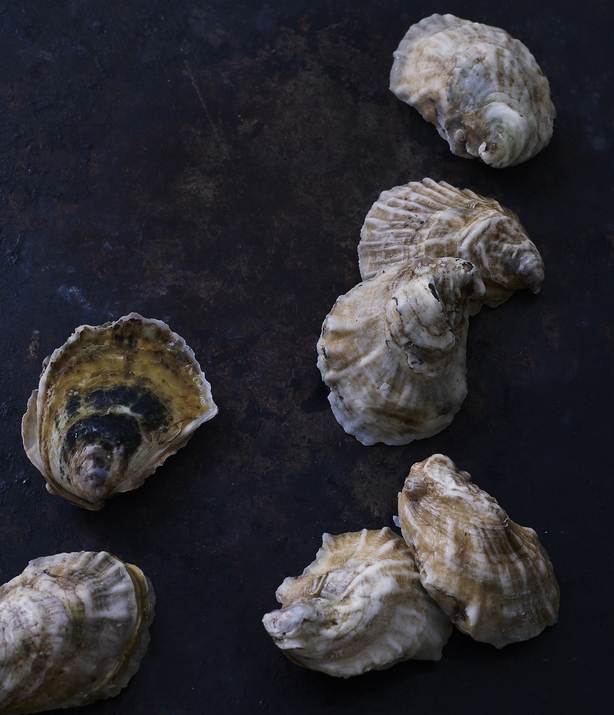
In Co. Kerry, fishermen are leading the way in the protection of vital sea nurseries in Tralee Bay. The Tralee Oyster Fisheries Society has drawn up a plan to ring-fence 4,000 hectares of eelgrass, an important habitat not just for young oysters, but also for a wealth of juvenile fish and other marine creatures, off the northern coast of the Kingdom County.
Denis O’Shea is Manager of the Tralee Oyster Fisheries Society, and he joins us on tonight’s programme to tell us more.
For more information about the Tralee Oyster Fisheries Society, visit https://traleebayoysters.com/
Rays, skates and sharks in Tralee Bay
Tralee Bay is not just a haven for oysters: we have heard there that it is also described as a "Marine Serengeti" when it comes to rays, skates and sharks.
On a wet day in Co. Kerry recently, Mooney Goes Wild Researcher Michele Browne met with Louise Overy, a shark expert and lecturer at MTU Kerry. On tonight’s programme, they speak about the importance of Tralee Bay as a nursery ground for the above-mentioned cartilaginous fish species, about Angel Sharks, in particular, and about the hunt for Mermaid’s purses.
For more information about Angel Shark Project Ireland, visit https://irishelasmobranchgroup.wordpress.com/angel-sharks/
Rainbow Trout Caviar
Back in February, our Roving Reporter Terry Flanagan was in Dublin’s Natural History Museum with Director Paulo Viscardi to check out the massive sturgeon fish specimen on display. The fish in question was caught in the River Liffey over 100 years ago, and during their discussion Terry and Paulo also chatted about caviar.
Well, shortly afterwards we received an email from Maggie Kirwan of Goatsbridge Trout Farm inviting us down to show us the process of farming Rainbow Trout. The fish farm has been in operation for over 60 years, rearing and selling adult trout, but recently they have begun to harvest the eggs from the females to produce Ireland’s first caviar.
Terry travelled down to meet with owner Ger Kirwan and general manager Stephen Murphy-O’Sullivan under a very well-known bridge in Aughrim, Co. Wicklow, where they explained the processes involved in the rearing of the fish and also the harvesting of the eggs.
For more information about Goatsbridge Trout Farm, visit
